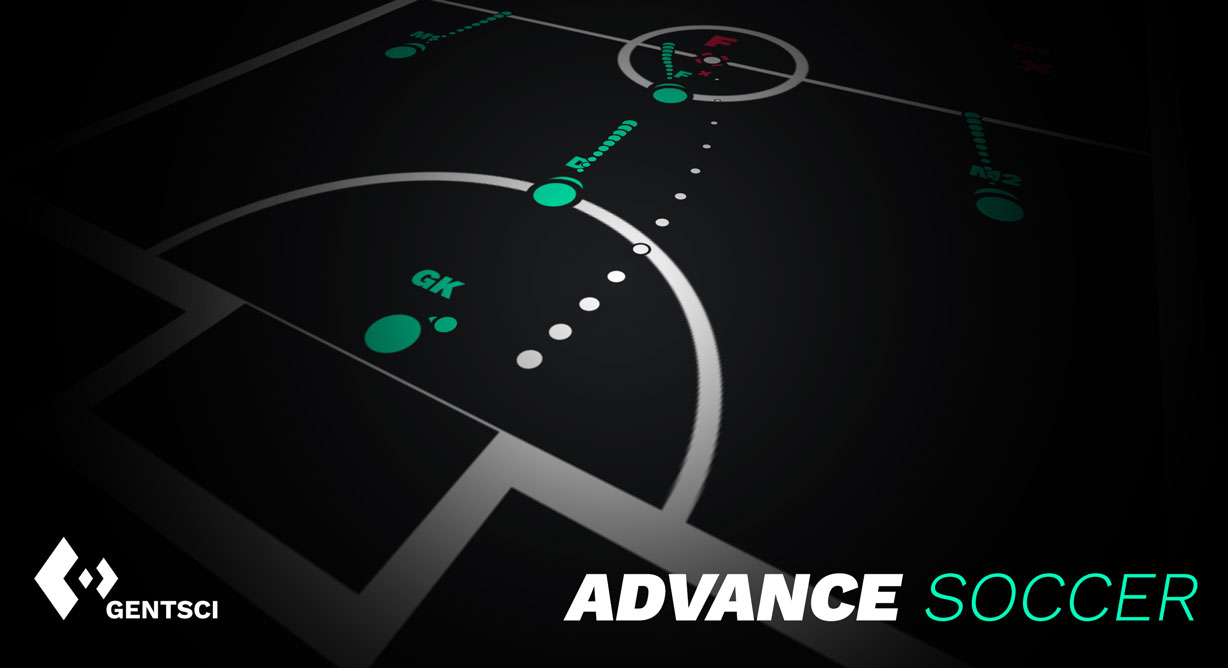Designing Football

There was some interesting news last week that could soon have big ramifications for anyone who follows or plays football. The International Football Association Board (ifab) have proposed several ideas to alter the laws of the game in an attempt to make it more attractive.
There are interesting parallels with the stage of development that we’re currently at with Advance Soccer, and frankly, with a lot of game development in general. The game design process we face is similar and difficult. Even within long-established rules there is scope for improvements.
There are elements of game design that are common to sports, board games, video games, etc. Even kids making up playground games are experimenting with aspects of game design. Some sports have such long established rules, people don’t consider them as fluid anymore. Other sports, like Formula One, are constantly evolving with both small tweaks and sweeping changes alike - as with video games this is often driven by advances in technology.

Advance Soccer began life as a concept for creating a fun and accessible, casual but deep, asynchronous turn-based game. We used 5-a-side football as our inspiration because it fit these tenets perfectly, and provided us with a ready made game design, a simple concise game world with a fixed eleven entities - the players and the ball. 5-a-side football gave us both a guiding hand, and a shorthand for trying to explain and market the game. But it’s not an oracle for the design, and we still had to work out how to best map this to a turn-based game.
At a high level, our game works by taking the input decision-making (the turns) from the two players, representing the two teams, simulating the results of these turns asynchronously over a snap shot of time, and presenting the results back to the users, ready for the next turn to be submitted.
The initial prototype was very simple. You could instruct players to move or kick, or have them wait and respond to events with very light weight automation - for example, claim the ball if it’s loose and close by. As with real indoor 5-a-side football, there are kick-offs, and two halves. The goalkeeper cannot leave his area, and outfield players cannot enter.
We immediately decided to simplify the latter rule by having these players collide with the area as if it were an invisible barrier, to avoid the complication of having to award penalties or free kicks. So there you have an example of a “rule change” for the sake of improving the game! Albeit, not a great example in this context, because real 5-a-side referees can’t currently erect invisible barriers which prevent humans passing through, but allow footballs.
This all worked pretty well anyway, until we discovered our first significant flaw. Forwards are rather good at shooting from range. So good, in fact, that they could curl a pretty wicked shot directly from kick-off into the corner of the net. We had a think about a few solutions to this, and eventually decided on only allowing the player kicking off to pass back into their own half. Not an unrealistic solution, and it worked well and felt right.

It was at this point that the game logic ‘settled’ somewhat, and as we entered a public test phase, we became more and more reluctant to make any changes to the game, for fear of unbalancing or ruining what had become a sharp, simple and enjoyable game. But there’s always the danger with this that you shy away from making changes which could genuinely improve the experience for the majority, and this is what real football is currently, and perhaps always, grappling with.
In my life time, there have been a few significant rule changes introduced. One of the biggest was the pass back rule, where a goalkeeper was no longer allowed to pick up the ball when it was passed back to them by one of their own players - they had to kick it, or would forfeit a free kick. At the time it was introduced, this seemed very radical, and the worry was that it would put pressure on goalkeepers to focus less on being good shot stoppers, and more on being half decent outfield players.
However, it quickly became apparent that this rule improved the game significantly, and it’s laughable now to look back at footage of defenders wasting time kicking the ball back to the goalkeeper, having them pick it up and roll it back out, ad-infinitum. We kept this in mind when we introduced our own rule in Advance Soccer where the goalkeeper must always kick with a minimum threshold of power, if they claim the ball. The player can only decide in which direction this occurs.
In summary, the new rule review process is crucial, and changes should not be undertaken lightly and without a great deal of thought to both the implementation and ramifications. When a change is deemed worthy of test, it should be monitored carefully and pulled quickly if it fails. Otherwise, you’ll end up with the offside rule - in its purest form, a straightforward piece of rule based logic, which has been muddied over time with caveat on top of caveat - IF PlayerIsNotInterferingWithPlay THEN False. Avoid this bolted on conditional nonsense!
You can read the BBC’s take on the ifab proposals here.
